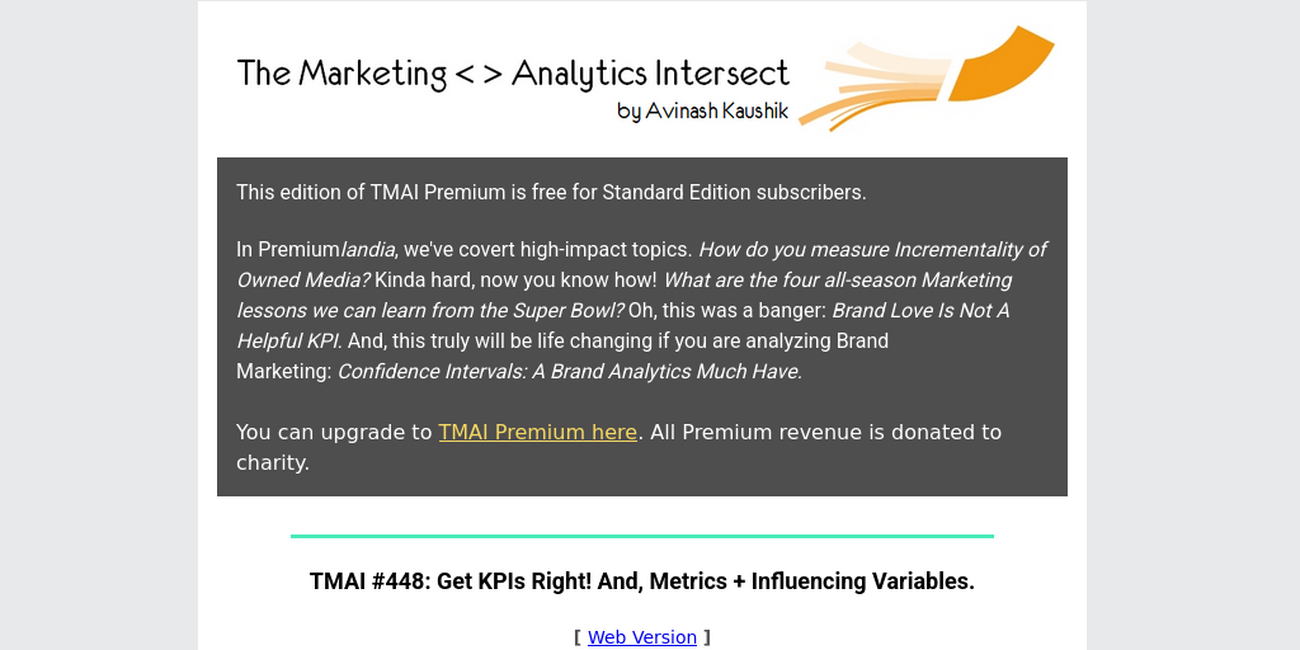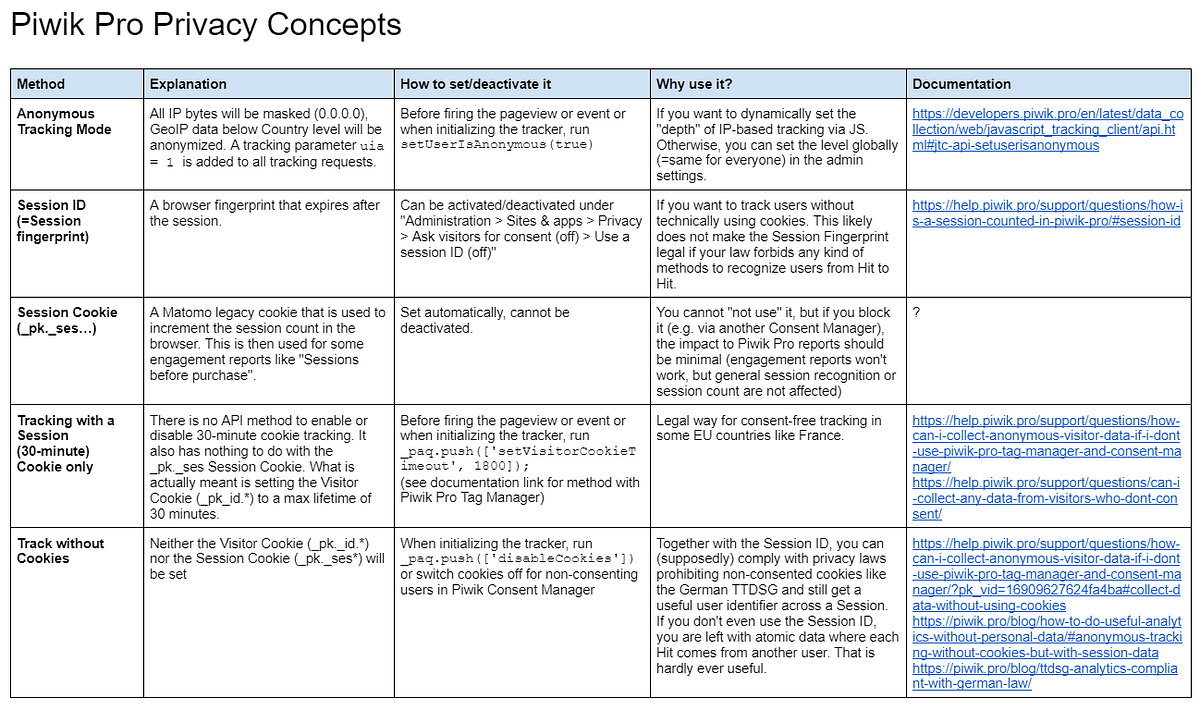This workbook introduces the 'double three-layer' framework for event structures, organized by customer, product, and interaction layers. It's designed to help teams build a lean, analyzable event taxonomy that ties directly to business questions. Essential reading for anyone starting a tracking setup from scratch.
Technology Foundations
Technical infrastructure, tools, and systems that enable data collection, storage, and analysis
52 resources in this category
Subcategories
Data Collection & Tracking
Methods and tools for capturing user behavior, events, and data across digital touchpoints
Technical Marketing
Engineering and technical aspects of marketing technology and automation
Data Infrastructure Concepts
Core infrastructure components for storing, processing, and managing data at scale
BI & Visualization Tools
Business intelligence platforms and visualization tools for data exploration and reporting
Building Scalable Product Analytics: A Framework for Custom Event Taxonomy & Governance
Tracking Plan & Event TaxonomyThis framework balances two pillars: how to structure events (verb-noun naming, hierarchies, required properties) and how to govern them (ownership, versioning, validation). It's a great blueprint for teams dealing with scale and event sprawl.
Guide to Customer Data Tracking Plans: Why They Matter and How to Build One
Tracking Plan & Event TaxonomyThis guide explains the purpose and structure of a tracking plan, including what to log, where, and why. It includes tactical steps for plan rollout, collaboration, and long-term maintenance. Useful for teams looking to formalize their tracking strategy.
Victor Ackerhans suggests starting from the business questions you want to answer and designing events backwards from the dashboard. His three-step guide is practical for small teams and early-stage companies just getting into structured analytics.
Paul Koullick argues that naming events well is a UX challenge. He lays out conventions for naming (verb-noun, title case, property bias), and introduces a workflow where every new event is reviewed for clarity and governance. Great for scaling teams.
This comprehensive guide explains the why and how of server-side tracking, including architecture options like proxy vs. cloud-edge, GTM Server basics, and phased rollout strategies. It's ideal for teams moving beyond browser-based analytics and looking to improve data quality and privacy compliance.
The Impact of Server-Side Tracking on Privacy — Debunking Myths
Server-Side Tracking & TagmanagementDigital Power unpacks misconceptions about SST and GDPR. It explains how server-side setups still require user consent but help reduce data risk through techniques like filtering and pseudonymization. Great for legal, marketing, and analytics teams aligning tracking with privacy obligations.
This beginner-friendly post compares traditional browser-based tags to server-side proxies, using real-life diagrams and examples. It shows how server-side setups help recover lost cookie data in privacy-focused environments like Safari. A five-minute primer to get up to speed quickly.
Tessa Pinkerton provides a balanced overview of server-side tracking, covering benefits like ad-block resilience and faster loading, along with honest drawbacks such as added costs and maintenance. A solid orientation for digital marketers and analytics newcomers.
This canonical post covers everything from GTM Clients and endpoints to data validation and custom domain setup. Simo Ahava walks through how GTM Server works under the hood, providing developers with the context and tooling to implement it confidently.
Matthew Hooson introduces the UPDATE framework: Understand, Plan, Declutter, Action, Transfer, Evaluate. Each stage details risks, deliverables, and stakeholder sign-offs, helping teams run smooth, cost-effective migrations to server-side GTM.
Agency, Transparency, and Control: Unsolved Problems With Server-Side Tagging
Server-Side Tracking & TagmanagementThis thought-provoking piece questions the default narrative that SST solves everything. Simo Ahava highlights issues with user agency, hidden data flows, and consent complexity in server-side setups. A must-read for teams focused on ethical data collection.
Explains why Custom Templates are a paradigm shift for GTM, walks through the Template Editor, sandbox policies, permissions, and reusable design patterns—essential for extending GTM safely in enterprise environments.
Shows how to use Elastic Beanstalk, custom domains, SSL, scaling options, and contrasts AWS flexibility with GCP simplicity—critical for enterprises standardising on AWS while adopting server-side tagging.
Presents experiment results, quantifies latency per tag scenario, and lists seven best-practice optimisations (container audits, trigger timing, server-side migration) to keep tracking fast without sacrificing data quality.
Joe Christopher outlines failure modes (outages, performance hits) and prescribes roles, QA, rollback plans, and audits that protect revenue and data trust—vital for large teams running mission-critical tags.
Combines organizational policy, tag inventory, monitoring, and real-world case study (Marriott tag reduction) to show how disciplined governance boosts UX, productivity, and bookings.
Guides readers through naming conventions, duplicate-tag detection, container-size monitoring, consent checks, and a step-by-step quarterly audit routine—ensuring long-term data accuracy and performance.
Jon Meck shows how trigger exceptions prevent accidental fires, enable safe preview-only testing, and reduce trigger clutter—boosting reliability in complex GTM containers.
Yehoshua Coren & Sam Briesemeister share principles (robust data layer, built-in variables, modular tags) and coding standards that keep massive multi-site GTM deployments resilient to site changes.
Cardinal Path details eight built-in features—user roles, environments, 2-step verification, tag blacklists/whitelists—that harden GTM against errors and unauthorized changes while supporting parallel team workflows.
Josh West lays out strategic questions every organisation should answer before picking a tag manager—covering IT vs. marketing ownership, testing workflows, scalability, and data-governance trade-offs.
Digital-analytics architect Amulya Thorat traces the browser execution flow—container script, library load, tag trigger—showing what truly happens under the hood and how to debug performance issues.
Jim Gordon reflects on tag-management evolution and predicts governance, QA, and tag-bloat control as the next big challenges—offering war stories and practical tips to keep large implementations sane.
Margub Alam details governance frameworks, rigorous data-layer design, version control, tag-audit cycles, and performance tuning—everything needed to run a robust, scalable TMS in 2025.
Rafael Campoamor shows how to build custom tag templates, craft precise load rules, manage event specs, and use version control—knowledge transferable to any advanced TMS setup.
Simo Ahava explains how a structured JavaScript data layer bridges developers and marketers, carries business data for all tags, and why governance is critical when multiple stakeholders are involved—foundational reading for scalable TMS architecture.
Simo Ahava shows how to model the GA4 ecommerce dataLayer, configure each ecommerce event tag, and debug the results—giving practitioners a ready-made blueprint for robust online-store tracking.
Julius Fedorovicius explains GA4’s event model, then builds custom click tracking step by step—ideal for learners who need practical instruction on sending site-specific interactions to GA4 through GTM.
Covers mapping CMP results to GTM consent settings, adjusting triggers, and verifying no tracking before consent—essential hands-on guidance for GDPR-compliant tagging.
Yehoshua Coren walks through adding the base pixel, configuring AddToCart and Purchase events, and troubleshooting—perfect for marketers needing a reliable FB Pixel setup.
Shows how to add the Consent Mode tag template, write JavaScript extensions, and test consent signals—useful for teams running Tealium who must align Google tags with user consent.
Anil’s guide walks through installing the Facebook CAPI extension, mapping events, enabling server pipelines, and validating hits—ideal for practitioners integrating server-side ad conversions.
Silver Ringvee details the exact dataLayer structure for products, impressions, and transactions, plus GTM tag/trigger setup—offering a full production-ready ecommerce tracking blueprint.
Shows how to configure built-in triggers for YouTube and custom solutions for other players, sending play, pause, and progress events to GA—great for sites reliant on video content.
Julius Fedorovicius explains setup, custom domain config, and client/tag mapping—providing a hands-on starting point for teams moving to server-side tagging for performance and privacy.
While large language models have impressive capabilities, they are not a panacea for all data challenges. This blog post underscores the importance of understanding the limitations of these models and leveraging specialized techniques and tools to tackle complex data problems effectively. Data professionals, including data engineers, analysts, and business intelligence analysts, can benefit from this insight to optimize their data management and analysis workflows.
Struggling with dashboard overload? This blog post offers a solution to the problem of "dashboard sprawl" - the proliferation of dashboards that can overwhelm data teams. By introducing techniques for consolidating and streamlining your dashboard ecosystem, you can enhance data visibility, improve decision-making, and free up valuable time for deeper analytics work. Data professionals seeking to optimize their reporting infrastructure and enhance the impact of their analytics will find this insight particularly compelling.
Modular Dimensional Data Modeling offers a revolutionary approach to data engineering, empowering analytics professionals to build scalable, maintainable data models. By leveraging modular design principles and dimensional modeling techniques, this methodology enables streamlined data transformation, effortless integration of new data sources, and enhanced data accessibility for business intelligence and advanced analytics. For data-driven organizations seeking to unlock the full potential of their data, Modular Dimensional Data Modeling provides a strategic edge in navigating the complexities of modern data ecosystems.
Discover the hidden root cause of your analytics woes and unlock unprecedented insights with this insightful guide. Learn proven techniques to diagnose and address the underlying issues that plague your data analysis, empowering you to make data-driven decisions with confidence across marketing, product, and business domains. This essential resource equips analytics professionals with the skills and strategies needed to transform their data into actionable intelligence and drive meaningful impact within their organizations.
Explore how customer data platforms (CDPs) can be leveraged to build real-time, privacy-compliant data pipelines that stitch together user identities and events across digital touchpoints.
This article explores how Apple's Intelligent Tracking Protection (ITP) and other privacy regulations like GDPR and CCPA impact data collection and tracking for marketing analytics. It covers best practices for ensuring data compliance, obtaining user consent, and adapting tracking methods to a more privacy-focused environment.
This article provides insights on how to reduce BigQuery costs by clustering the GA4 events table. It covers key data warehousing concepts like partitioning, clustering, and query optimization to help data professionals manage their BigQuery usage and costs more effectively.
Explores the concept of semantic layers in business intelligence (BI) tools, which provide a governed and reusable data model for dashboards and reports. Covers topics like LookML, Power BI datasets, dbt Metrics, and how to build universal definitions, join logic, and shared dimensions/measures that can be leveraged across multiple BI platforms.
Foundational concepts and best practices for defining, categorizing, and documenting key performance indicators (KPIs) and other business metrics. Covers the taxonomy of leading vs. lagging, input vs. output, and actionable vs. vanity metrics, as well as establishing naming conventions and a single source of truth for metric definitions.
This article explores the practical application of the 4 transformation layers (raw, staging, dimensional, and reporting) in a data warehouse architecture. It covers topics like fact/dimension modeling, materialized views, and pipeline orchestration to ensure structure and maintainability in your data infrastructure.
An in-depth look at the challenges of creating a scalable, multi-site Piwik Pro setup, with a focus on tag management, data layer design, and instrumentation governance. This article provides technical insights and best practices for teams looking to implement enterprise-grade tracking solutions across complex web properties.
Exploring the key features and trade-offs of column-store data warehouse engines like Snowflake, BigQuery, and Redshift. Understand partitioning, clustering, compute-storage separation, and query optimization strategies for performance and cost optimization.
This article provides an introduction to server-side tracking, highlighting the potential benefits and drawbacks of this approach compared to traditional client-side tracking. It covers the technical aspects of server-side data collection, including latency, schema, and cost trade-offs, as well as the implications for data privacy and compliance.
Techniques and best practices for implementing client-side data tracking on web and mobile applications, including SDKs, virtual URLs, element selectors, event throttling, and handling browser quirks like ad-blockers and ITP/ETP.
An overview of the various privacy modes and consent management features in Piwik Pro, a popular web analytics platform. Covers techniques for enabling session-only tracking and ensuring compliance with GDPR and CCPA regulations.
Overview of key performance indicator (KPI) fundamentals, including definitions of leading vs. lagging, input vs. output, and actionable vs. vanity metrics. Discusses best practices for creating a consistent metric taxonomy and documentation.





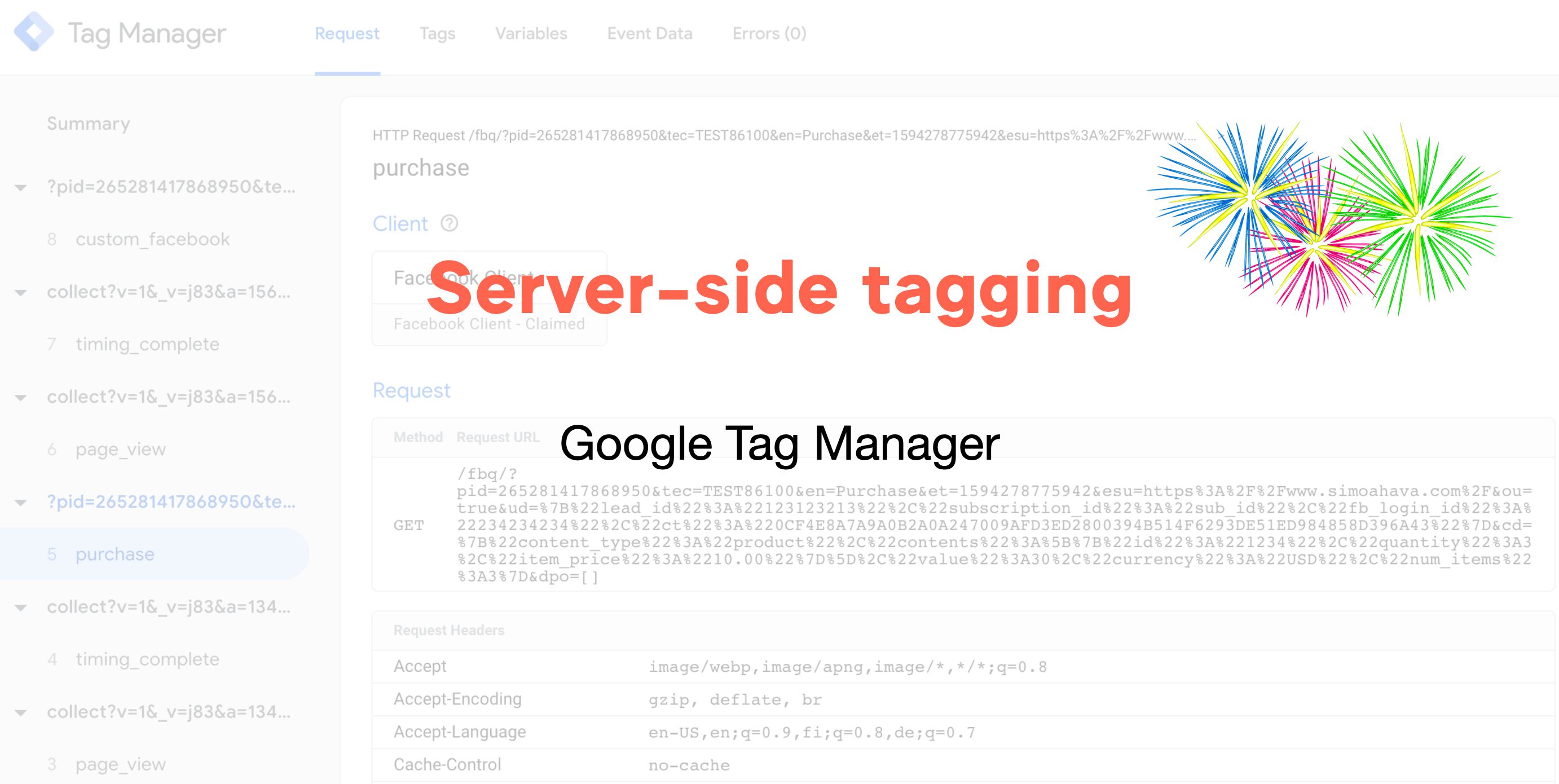


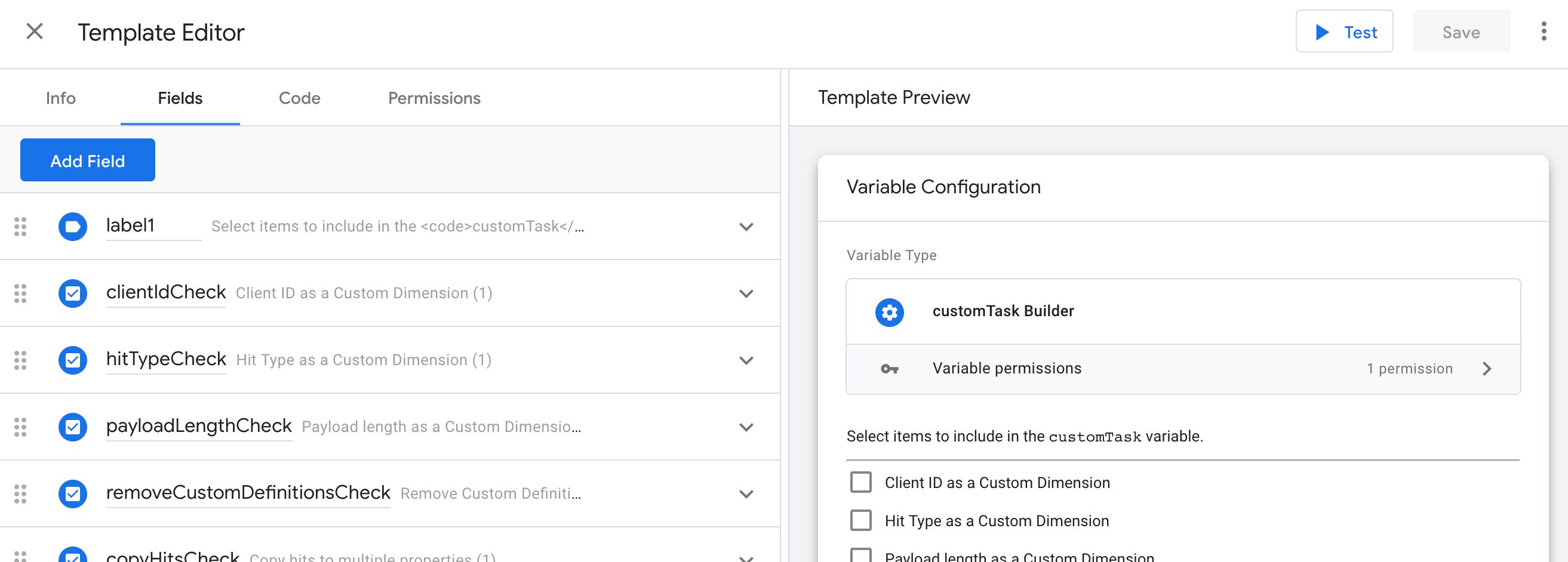










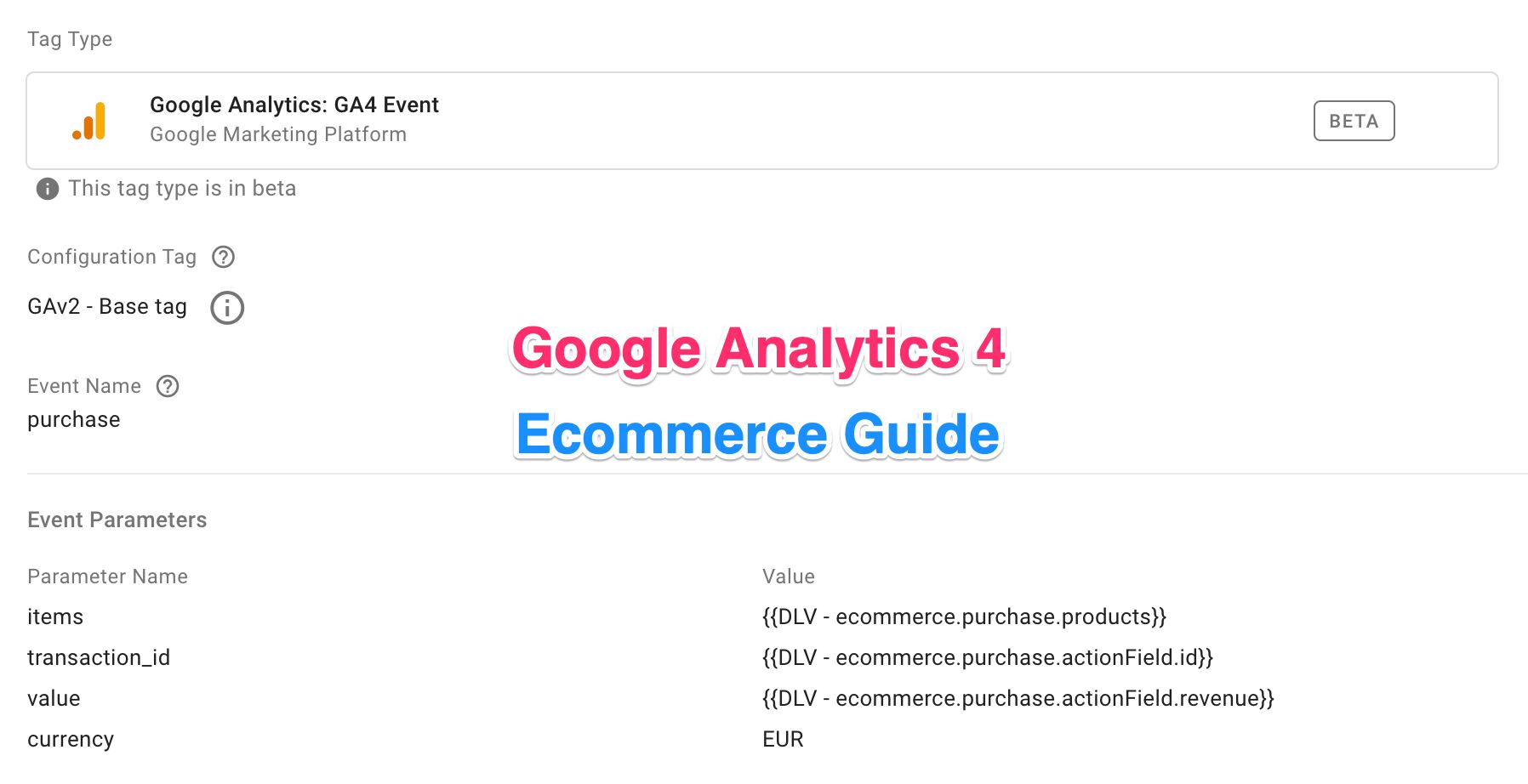




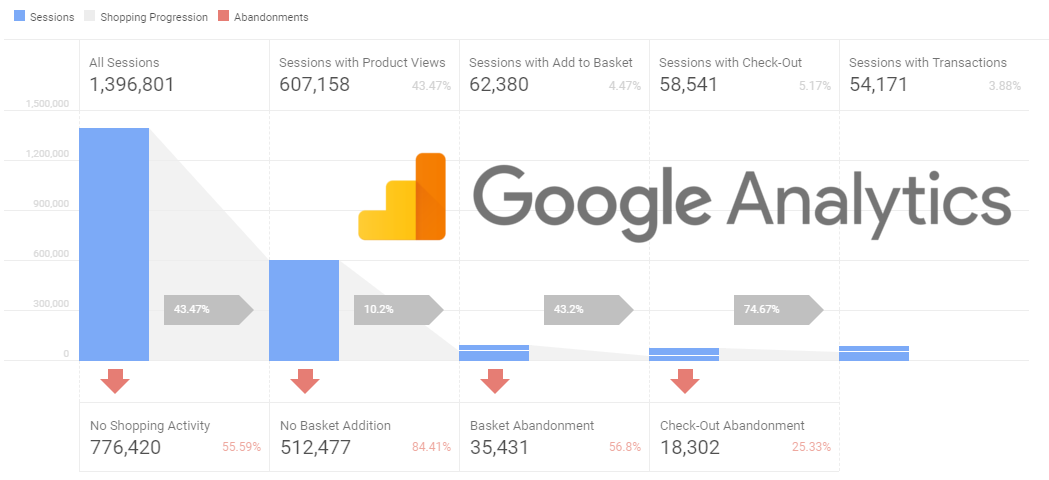



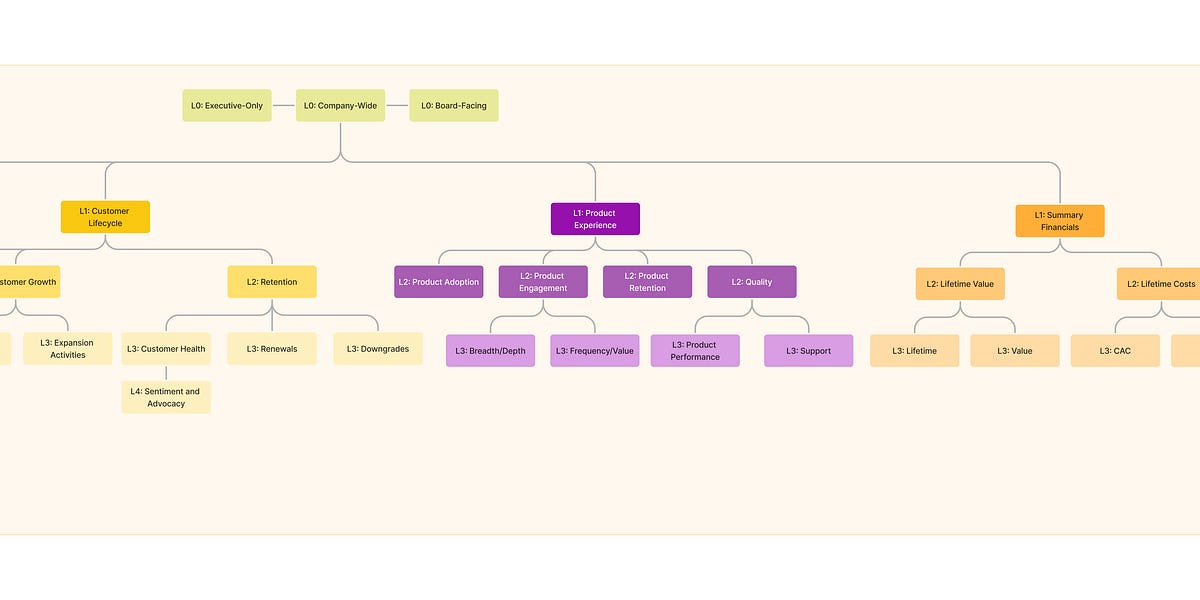



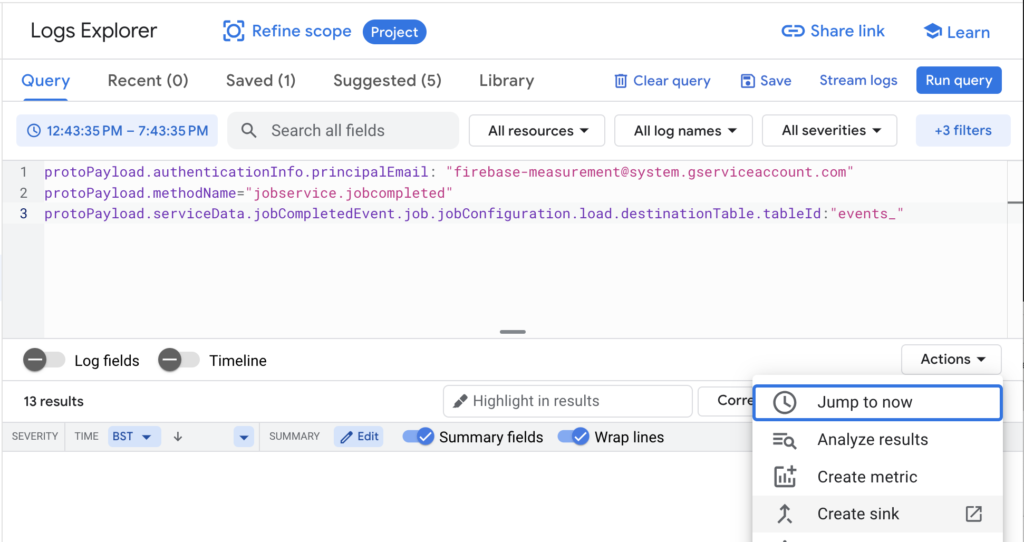
.png)
